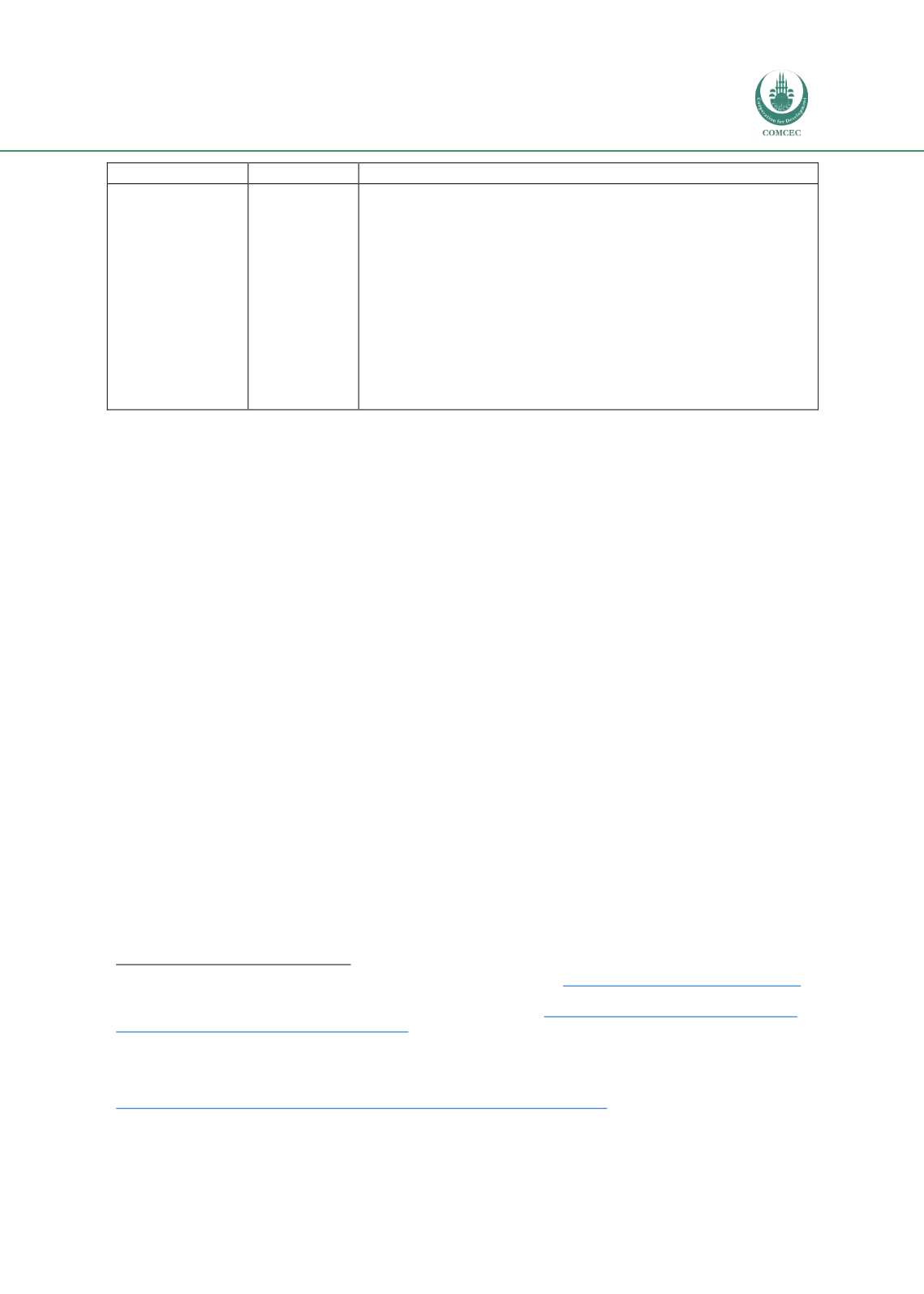

Improving Agricultural Market Performance:
Creation and Development of Market Institutions
143
Classification
Institution
Description
operations, obligations, and requirements as specified by
Law No. 9/2009 and Law No. 9/2011.
436
Supervising Indonesia’s commodity futures trading market.
Physical settlement of agricultural products accounts for just
5%, while the remaining 95% is settled through future
commodities, where the WRS receipt may be traded at
commodity exchange platforms and markets. COFTRA
oversees these transactions.
Regulating 14 auction markets across Indonesia. Buyers and
sellers of agricultural commodities come together and,
hence, determine the commodity price through physical
settlement. This agreed price functions as the reference price
for commodities in the entire region.
Source: Investment Consulting Associates – ICA (2017)
5.4.3 Effectiveness of Agricultural & Food Market Institutions
The Asian Financial Crisis in the late 1990s disrupted three decades of steady progress in
Indonesia’s agricultural development.
437
The Government of Indonesia has exploited a variety
of policy instruments before, during, and after the Asian Financial Crisis and implemented
these through the selected market institutions (e.g. BULOG).
438
These mainly include market-
distorting forms of support such as subsidies, which benefit a wide range of commodities, and
trade or border interventions complemented with market price support to stabilize food
prices for a number of specific commodities (e.g. rice and sugar) and the RASTRA/RASKIN
“rice for the poor” rice distribution program. Market prices for export-orientated estate crops
(e.g. rubber, palm oil, tea, coffee, and cocoa) remains determined by the market.
439
Together, these agricultural forms of support required US$2 billion of public money in 2014.
440
In fact, a recent OECD study showed Indonesia’s rice prices went up from just 8% above
international prices in 2000 to 2002 to 60% in 2010 to 2012. Undernourishment is not
considerably reduced by input subsidies, while price support measures actually worsened
undernourishment. The RASKIN (now RASTRA) rice distribution program only reduces
undernourishment with 1.3% percentage points and does not offset the negative impacts of
the rice market price support. In fact, most agricultural policy support has increased individual
commodities’ prices in an attempt to increase production, thereby hurting the (poor)
consumers.
441
It is complex, however, to determine these policies’ exact impact on the effectiveness of
agricultural (sub-)sector(s) as market interventions have changed over time, ranging from
occasional bans and export taxes to export subsidies.
442
436
FFTC-AP (2015), Warehouse Receipt Scheme Policy in Indonesia, available a
t http://ap.fftc.agnet.org/ap_db.php?id=390[Accessed June 2017].
437
International Trade Centre (2017), Country Profile Indonesia, available a
t http://www.intracen.org/exporters/organic- products/country-focus/Country-Profile-Indonesia/[Accessed June 2017].
438
OECD (2010), “Policies for Agricultural Development, Poverty Reduction and Food Security,” Paper presented to the
Working Party on Agricultural Policy and Markets, 15-17 November 2010, Paris: OECD.
439
Interview conducted with Ministry of Agriculture in Jakarta, July 13, 2017
440
OECD (2015), Indonesia Policy Brief – Agriculture, available at
https://www.oecd.org/policy-briefs/indonesia-agriculture-improving-food-security.pdf[Accessed June 2017].
441
Ibid
442
OECD (2010), “Policies for Agricultural Development, Poverty Reduction and Food Security,” Paper presented to the
Working Party on Agricultural Policy and Markets, 15-17 November 2010, Paris: OECD.


















